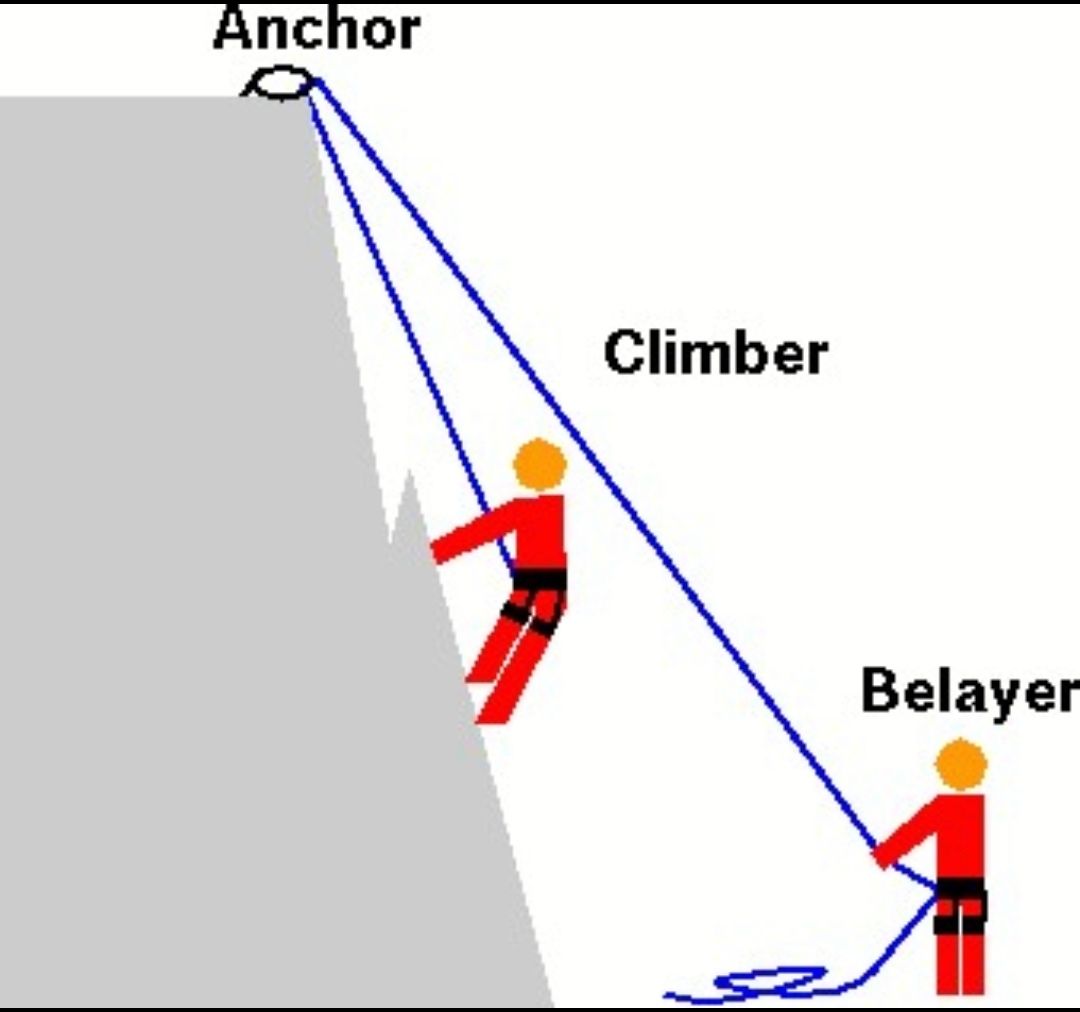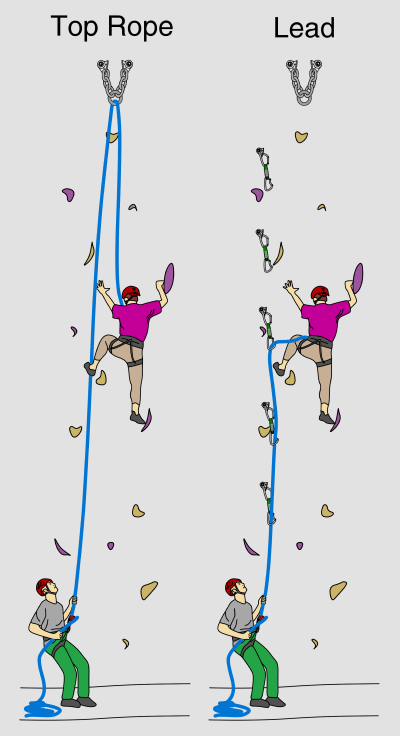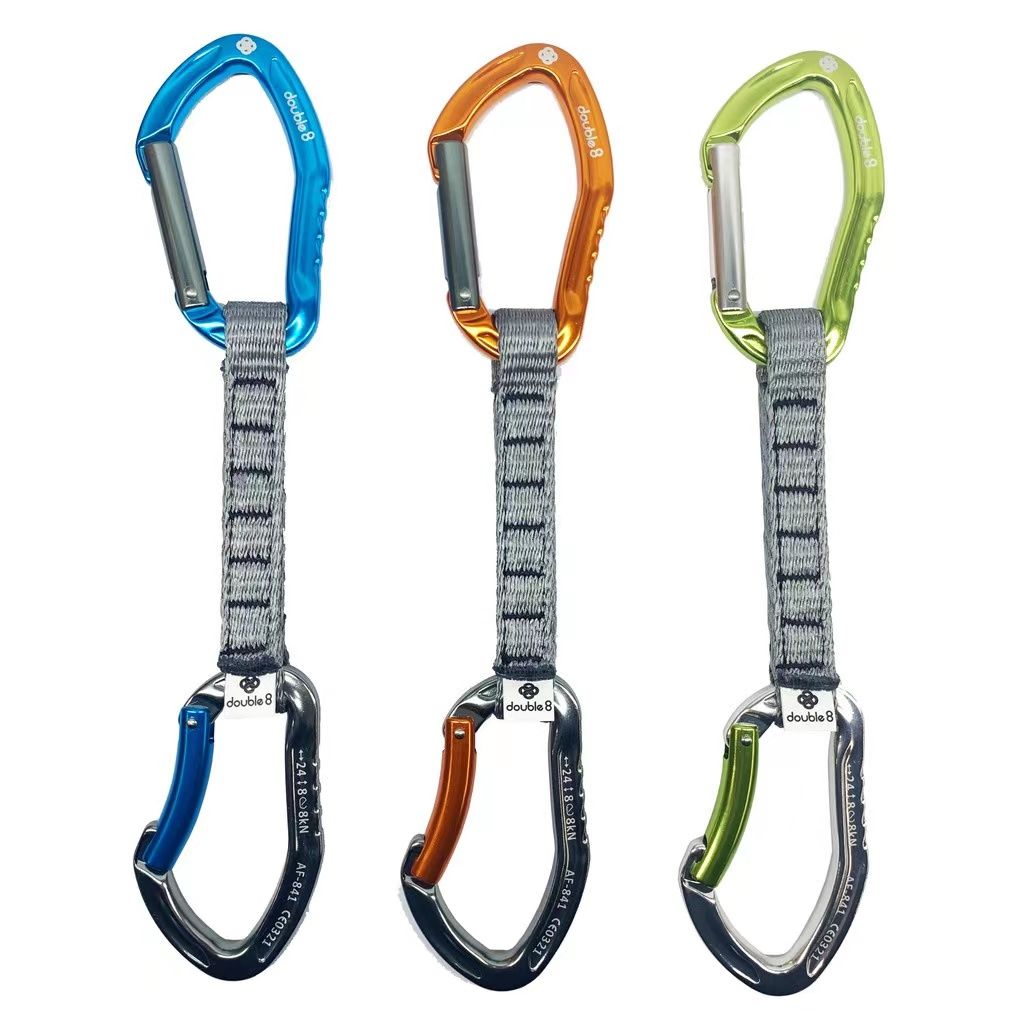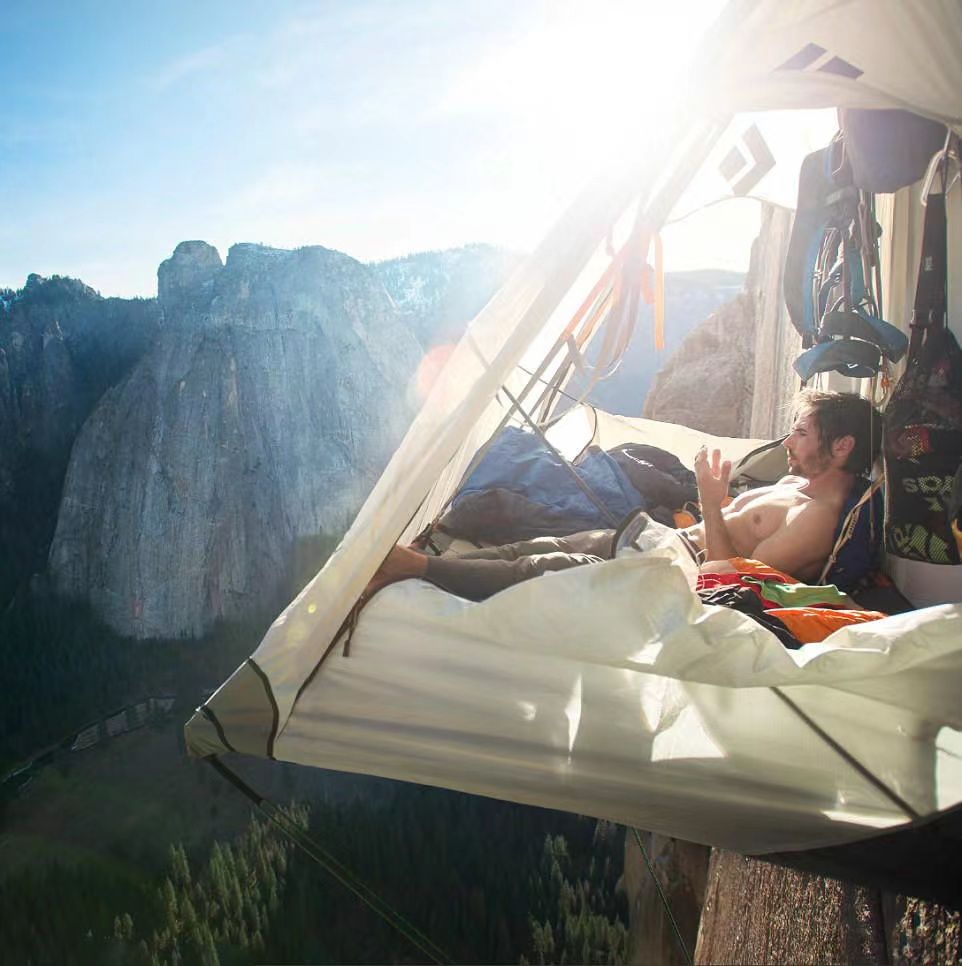There are many types of rock climbing, which one do you prefer? (Secure type article
The point of rock climbing is to face the wall and think about it, but there are actually many ways to climb the wall, each with its own characteristics and difficulties.
Roughly speaking, we can classify rock climbing from three directions: "guarantee method", "climbing method" and "competitive element" (some items will overlap). Due to space limitations, this article will focus on the classification according to the guarantee method. Climbing type.
1. Free solo
Climbing without any safety equipment and means of ensuring a fall is a life-threatening event. It is the most primitive, but also the most dangerous way to climb.
In the past, there have been many people who specialized in freehand climbing, but most of them have fallen to their death. Maybe they will feel that it is a very happy thing to die in their favorite sport, but I do not recommend everyone to play rock climbing like this.
2. Top Roping
The securing point is above the securer, which is called securing above.
Generally, when using the top guarantee, we will set the guarantee point at the top of the route, such as the highest point of the rock wall. When using it, we will tie one end of the rope to the bezel, pass it through the top security point, and then tie the other end to the climber.

The top sure is the most beginner-friendly way to climb, because the sure point is on the top, the securer can hold the rope tighter, and when the climber falls, it will not fall too much.
This not only makes the climber less afraid, but also safer, and because the distance of the fall is very short, it is completely possible for the insurer to hang you in the air to rest, and then continue to climb from the place where you just fell, follow us Playing a game console, the challenge fails, and the coin to continue to challenge means the same XD.
But for rock climbers who have already climbed out of the fun, they don't like the overhead as much. Because the rope is too tight, it will interfere with their climbing movements. On a climbing wall, we do more than just go up. Extending left, right, and down are all actions that may occur on the rock wall. If the rope is too tight, it will cause unnecessary disturbance to the climber.
Therefore, after climbing to a certain level, rock climbers will definitely come into contact with another rock climbing method: pioneer climbing.
3. Leading Climbing
In the process of climbing, the rope is hung into the prepared security point every about 1 meter to 1.5 meters, which is called pioneer climbing.

Different from the above guarantee, when performing pioneer climbing, the rope will not be hung in the bezel at the beginning, and the climber must hang the rope on the body to one by one during the climbing process. There is no way to taut the rope beforehand to interfere with the climber's movements. This also causes rock climbers to fall directly, often 1 to 3 meters (the upper part is generally 0.5 to 1 meter).
Pioneer climbing has higher requirements on the climbing skills of rock climbers, and also requires prior assurance, lanyard, and falling skills training, which is not suitable for beginners to try. But in the field of rock climbing, pioneer climbing is a kind of standard existence.
For example, rock climbing routes have difficulty distinctions, and the criterion for determining the difficulty must be “how difficult is the route when the pioneer climbs”, and it cannot be guaranteed from above, and cannot be climbed with bare hands.
For another example, the so-called "difficulty competition" in rock climbing competitions is also conducted in the form of pioneer climbing.
This is because pioneer climbing is the rock climbing method that is least affected by various equipment and equipment. Climbers can perform a variety of movements on the wall, including squatting, moving left, moving right, and even hanging upside down, as long as the athlete makes sure that the rope is attached to the bezel closest to him and that his feet are not caught by the rope or the rope. The device (quick buckle) is hooked.
Pioneer climbing was originally when a mountaineer encountered a cliff and needed a person to act as a pioneer to take the lead in overcoming the difficult terrain, so it was called a "pioneer". Now this climbing method of conquering cliffs in the wild has been renamed "traditional climbing". Pioneer climbing generally only needs to hang the rope in the quick buckle, so it will not consume too much of the climber's endurance, so it has become a Common competition events.

4. Traditional Climbing
The same is to set up security points along the way, but traditional climbing requires many more tools than pioneer climbing. Because traditional climbing refers specifically to natural cliffs without any artificial facilities and no man-made wedges to ensure points, there is a way for rock climbers to make sure points for climbing.
Traditional climbing will use special rock plugs, rock wedges and other equipment, and the plugs will be inserted into the rock crevices to create fixed security points. Sometimes, if the bearing capacity is insufficient, it is even necessary to add 2 or 3 support points.
A rock climbing trip is sometimes not like rock climbing, but more like a construction worker on the rock.

In the past, traditional climbing even used tools such as rock nails, hammers, drills, etc., to directly destroy the rock wall erection security points. Later, with the enhancement of protection awareness, all the ways to damage the rock wall have been eliminated. Now unless the rock quality is wrongly judged and the rock falls off during the climbing process, the damage to the rock wall during traditional climbing is very small.
Climbing requires high professional skills such as rock climbing knowledge, skills, rope skills, and rock quality judgment, and the equipment is expensive. But it still has a loyal following because trad is the best method for long climbs.
There are many towering cliffs in the world that take hours, or even a day, two, or three days to climb, and these routes are the favorites of traditional climbing enthusiasts.
The best way to climb a long route is not to prepare a super long rope and hang it all the way with hundreds of snaps. Instead, using the feature that Chuan Climb can make sure points all the way, one person first makes sure points all the way to climb a section, and then makes sure enough points to make sure that the companions below climb up. At this time, the companions below will take back the equipment all the way, and then use it in the ascending route of the next section.
Even on some routes that take several days, they can set up a hammock on the rock face to rest and experience the feeling of spending the night on the cliff.


The above are the four rock climbing methods I want to introduce to you. In the future, there will be introductions of rock climbing types based on rock climbing methods and competitive elements. Please stay tuned!
Which of the four types of rock climbing today do you prefer? Welcome to leave a message to tell me!
Like my work? Don't forget to support and clap, let me know that you are with me on the road of creation. Keep this enthusiasm together!
